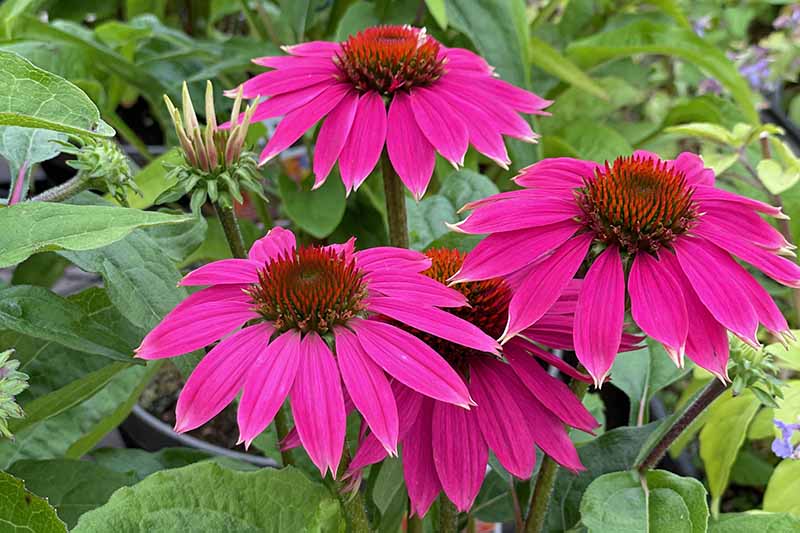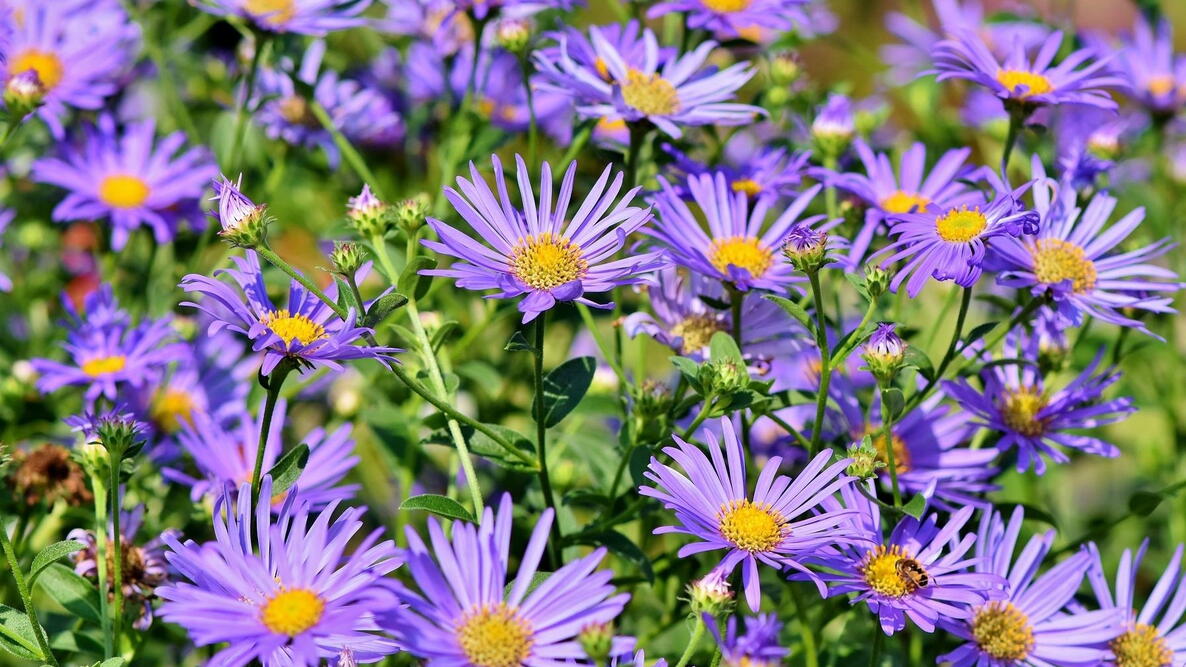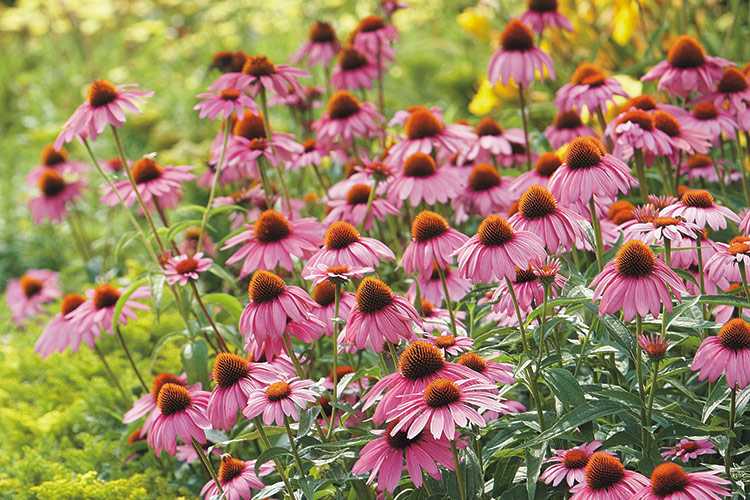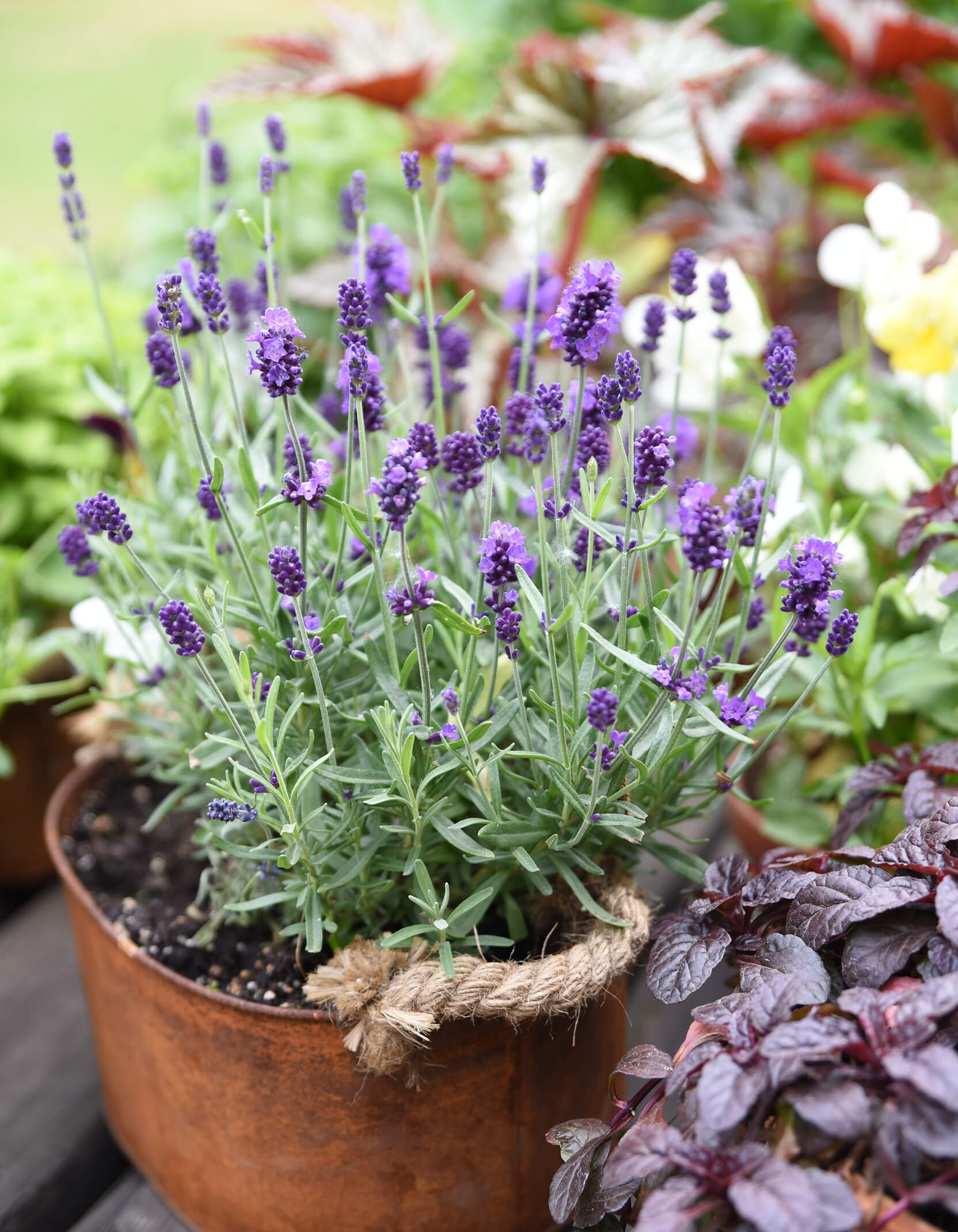Ginger Wine Ninebark: The Perfect Companion Plants
Ginger Wine Ninebark: The Perfect Companion Plants
Ginger Wine Ninebark is a beautiful and versatile shrub that can add a touch of color and interest to any landscape. It is known for its striking foliage, which turns a deep burgundy in the fall. Ginger Wine Ninebark also blooms in the spring with white flowers that attract pollinators.
One of the best things about Ginger Wine Ninebark is its adaptability. It can grow in a variety of conditions, including full sun to partial shade and moist to well-drained soil. This makes it a great choice for gardeners in a variety of climates.
Another reason to love Ginger Wine Ninebark is its deer resistance. This means that you can enjoy its beauty without worrying about deer nibbling on it.
If you are looking for a beautiful and low-maintenance shrub, Ginger Wine Ninebark is a great option. It is also a great choice for pollinator gardens, as it attracts bees, butterflies, and other insects.
Companion Planting
When choosing companion plants for Ginger Wine Ninebark, there are a few things to keep in mind. First, you want to choose plants that will complement the shrub's color and foliage. Second, you want to choose plants that have similar growing requirements. Third, you want to choose plants that will attract the same pollinators.
Here are a few of the best companion plants for Ginger Wine Ninebark:
- Milkweed: Milkweed is a host plant for monarch butterflies, which are important pollinators. It also has beautiful, orange flowers that will contrast nicely with the shrub's burgundy foliage.

- Coneflowers: Coneflowers are another great choice for pollinator gardens. They come in a variety of colors, so you can choose ones that will complement the shrub's foliage.

- Bee balm: Bee balm is a fragrant herb that attracts bees and butterflies. It also has beautiful, purple flowers that will add a touch of color to your landscape.
- Goldenrod: Goldenrod is a native wildflower that is known for its bright yellow flowers. It is deer resistant and easy to care for.
- Asters: Asters are another great choice for fall gardens. They come in a variety of colors, so you can choose ones that will complement the shrub's foliage.

Conclusion
Ginger Wine Ninebark is a beautiful and versatile shrub that can add a touch of color and interest to any landscape. It is easy to care for and deer resistant, making it a great choice for gardeners of all skill levels. When choosing companion plants for Ginger Wine Ninebark, be sure to choose plants that will complement the shrub's color and foliage, have similar growing requirements, and attract the same pollinators.
Ginger Wine ninebark is a beautiful deciduous shrub that can add color and interest to any garden. It is known for its deep burgundy and coppery orange foliage that turns a brilliant scarlet in the fall. Ginger Wine ninebark is also a magnet for pollinators, such as bees and butterflies.
If you are considering planting Ginger Wine ninebark in your garden, you may be wondering what companion plants would work well with it. Here are a few suggestions:
- Milkweed: Milkweed is a host plant for monarch butterflies, which are important pollinators. The bright orange flowers of milkweed also complement the deep burgundy foliage of Ginger Wine ninebark. Garden Wiki
- Coneflowers: Coneflowers are another great choice for companion plants with Ginger Wine ninebark. They come in a variety of colors, so you can choose ones that will complement the color of your shrub. Coneflowers also attract pollinators, so they will help to keep your garden healthy. Garden Wiki
- Phlox: Phlox is a low-maintenance perennial that blooms in a variety of colors, including pink, purple, and white. It is deer-resistant and drought-tolerant, making it a good choice for gardens in a variety of climates. Phlox also attracts butterflies and hummingbirds. Garden Wiki
For more information about companion plants for Ginger Wine ninebark, please visit Garden Wiki. This website has a comprehensive list of plants that will complement the color, growth habit, and moisture needs of your shrub.
FAQ of ginger wine ninebark companion plants
- What are good companion plants for ginger wine ninebark?
Ginger wine ninebark is a deciduous shrub that can grow up to 6 feet tall and wide. It has dark green leaves and clusters of white flowers in the summer. It is a relatively low-maintenance plant, but it does benefit from being planted with companion plants that can help to improve its soil quality, deter pests, and attract pollinators.
Some good companion plants for ginger wine ninebark include:
- Coneflower: Coneflower is a tall, daisy-like flower that attracts pollinators such as butterflies and bees. It also helps to improve soil quality by fixing nitrogen.

- Daylily: Daylily is a low-maintenance perennial that blooms in the summer. It helps to suppress weeds and improve soil quality.
- Yarrow: Yarrow is a hardy perennial that blooms in the summer. It helps to repel pests such as deer and rabbits.

- Lavender: Lavender is a fragrant herb that blooms in the summer. It helps to deter pests such as mosquitoes and flies.

- Echinacea: Echinacea is a flowering plant that blooms in the summer. It is known for its medicinal properties and can help to boost the immune system.

- How far apart should ginger wine ninebark plants be planted?
Ginger wine ninebark plants should be planted about 3 to 4 feet apart. This will give them enough space to grow and spread.
- When should ginger wine ninebark plants be planted?
Ginger wine ninebark plants can be planted in the spring or fall. If you are planting them in the spring, wait until the soil has thawed and the danger of frost has passed. If you are planting them in the fall, plant them at least 6 weeks before the first frost.
- How much water do ginger wine ninebark plants need?
Ginger wine ninebark plants need about 1 inch of water per week during the growing season. Water them more often during hot, dry weather.
- How can I care for ginger wine ninebark plants in the winter?
Ginger wine ninebark plants are hardy in USDA zones 4-8. In colder climates, they may need to be protected from the cold with a layer of mulch. In warmer climates, they may need to be watered less frequently during the winter.
Image of ginger wine ninebark companion plants
Here are 5 different images of "ginger wine ninebark companion plants" from Pinterest:
- Bee Balm is a tall, herbaceous perennial that blooms in shades of pink, red, and white from mid-summer to fall. It attracts bees, butterflies, and hummingbirds, and its foliage can be used to make tea.
- Coneflower is another tall, herbaceous perennial that blooms in shades of purple, pink, and yellow from mid-summer to fall. It attracts butterflies and other pollinators, and its flowers can be dried and used in arrangements.

- Daylily is a low-maintenance perennial that blooms in shades of yellow, orange, pink, and red from early summer to fall. It is drought-tolerant and deer-resistant, and its flowers can be cut for arrangements.

- Lavender is a fragrant, evergreen shrub that blooms in shades of purple and blue from mid-summer to fall. It attracts bees and butterflies, and its leaves can be used to make sachets or potpourri.
- Yarrow is a hardy, drought-tolerant perennial that blooms in shades of white, yellow, and pink from early summer to fall. It attracts butterflies and other pollinators, and its flowers can be used to make tea or infused in oil.


Post a Comment for "Ginger Wine Ninebark: The Perfect Companion Plants"